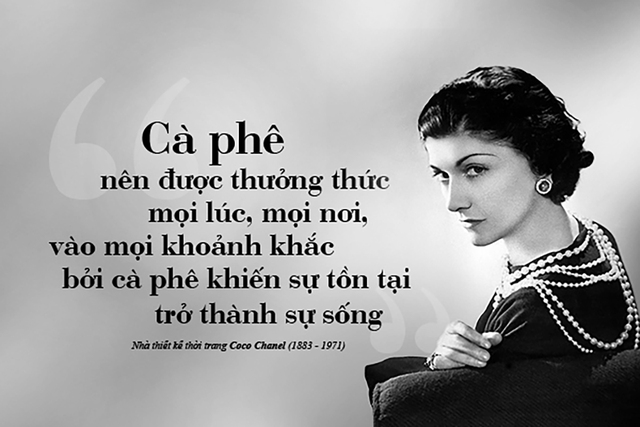

Pioneering in shaping the "elegant, free and minimalist" fashion style for women
In the early 20th century, in the context of World War I and the explosion of industrialization, the role of women in European society changed. Women began to replace men who now had to go to war, to join the workforce, work in factories, offices, hospitals, social activities such as elections, relief, etc. The social status of women gradually changed with a new image of modernity, freedom and initiative in life. Accordingly, restrictive fashion styles that made women "unable to walk quickly, always needing support" were no longer suitable, unable to demonstrate the new role of women.
Born and raised during this historical period, Coco Chanel (1883 - 1971), real name Gabrielle Bonheur Chanel, pioneered the creation and shaping of the "elegant, free, minimalist" fashion style for women, creating a great influence in the history of 20th century human fashion development.
With her own life experiences, aspirations to rise up and strong creative thinking, Coco Chanel initiated and led the "fashion revolution" to liberate the body of French women in the 20th century. She shaped a new standard for "free, modern" women's fashion style and became a symbol of French elegance to this day.
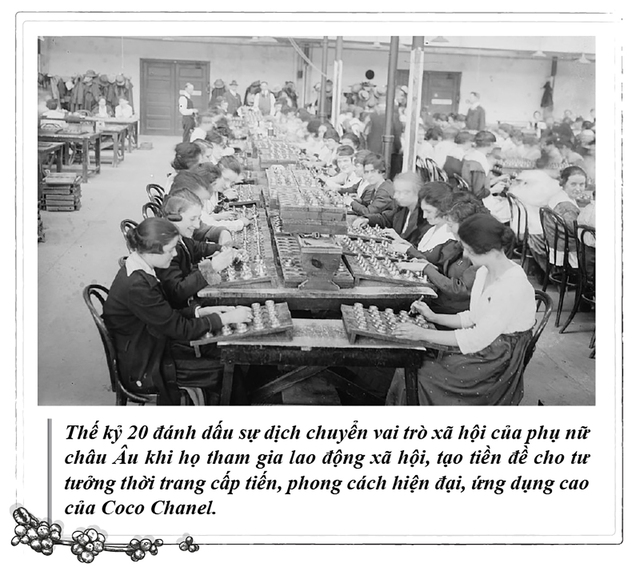
Coming from a difficult childhood, her mother died and her father abandoned her at the age of 11, Chanel grew up in a convent that was also an orphanage and began learning the sewing trade. The harsh environment and the black and white outfits of the nuns here contributed to the formation of Chanel's resilient personality and minimalist fashion style in the Black - White - Beige color palette later.
At the age of 18, when she left the convent for Moulins, Chanel worked as a seamstress during the day at the Maison Grampayre store and as a singer at night in local cafes such as Le Grand Café and La Rotonde. It was in these cafes that the nickname "Coco" was born when her performances were loved by the audience. In particular, it was here that Chanel's first connections with the upper class, officers, and aristocracy were formed - creating the premise for expanding her worldview, social vision and groundbreaking aesthetic thinking.
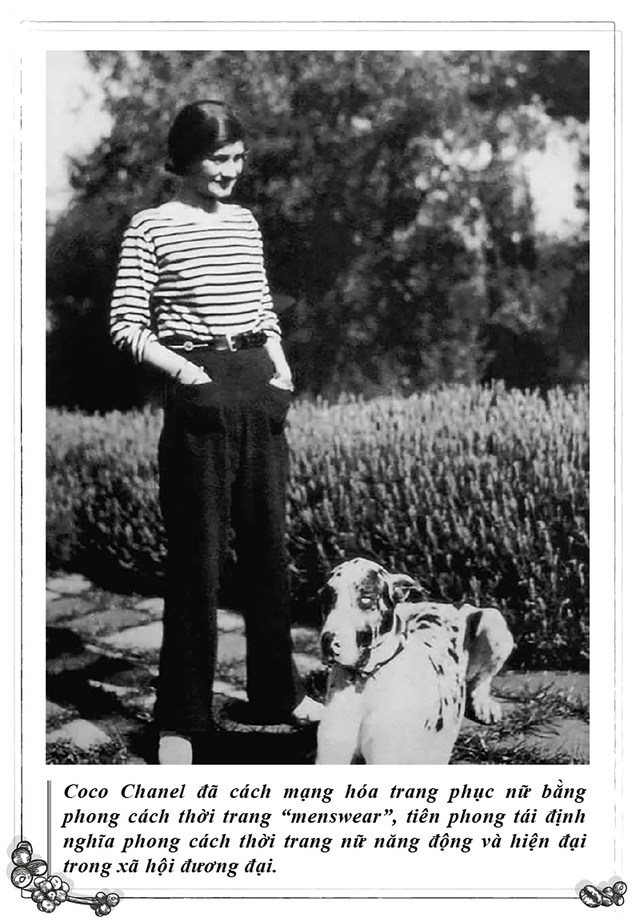
When she entered the fashion world, Coco Chanel found the body-hugging designs in corsets and crinolines "too cumbersome and not at all glamorous" , and unsuitable for the busy modern lifestyle of women during wartime. She boldly replaced them with a "menswear" style for women: neat, comfortable shapes, emphasizing practicality.
The most obvious of which is the pants design. The women's dress was created by Coco Chanel around 1914 during World War I. It was considered a "revolutionary design" that helped women free their bodies and move and work easily. This design created an unprecedentedly dynamic and free appearance for women at that time, contributing to the shift in the social role of women in the 20th century.
Fashion philosophy comes from lifestyle
From the small cafes in Moulins to the luxurious brasseries in Paris such as Les Deux Magots, Café de Flore, La Closerie des Lilas or La Rotonde, the meeting place of artists, intellectuals and the middle and upper classes regularly met to exchange ideas, became a special cultural environment that influenced the shaping of Coco Chanel's aesthetic thinking and fashion creativity.

In the space filled with dialogue and creative inspiration of the cafe, conversations with artists such as poet Jean Cocteau, painter Pablo Picasso, composer Igor Stravinsky, ... contributed to expanding Coco Chanel's artistic perspective. The fusion of fashion, art and the liberal spirit of society at that time was created and delicately applied by Coco Chanel in each design. She pioneered the use of "jersey" and "tweed" materials, which were used for sportswear and men's underwear, to create designs for women's clothing, sportswear , and suits with shapes that naturally accentuated the body's lines, elegance and freedom of movement.
Café Angelina on Rue de Rivoli was a favorite haunt of Coco Chanel and actress Audrey Hepburn. Here, amid the opulent surroundings of large mirrors and the buzz of conversation, Chanel once said she loved the feeling of "sitting and watching the constant movement of life" and that it was this "hustle" that inspired her groundbreaking fashion creations.
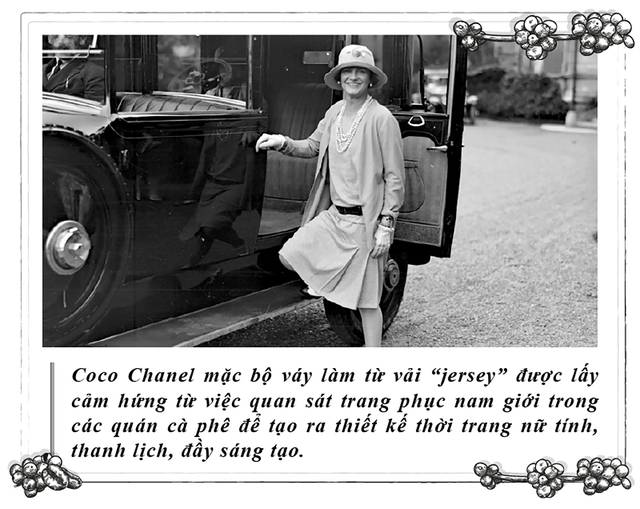
The coffee shop is also where Chanel observes the typical French "flâneur" lifestyle - the art of walking around the streets, dressing well, enjoying life with a cup of coffee to create fashion designs with the philosophy of "fashion comes from lifestyle". In particular, the design "Little Black Dress" is a clear demonstration of creativity from this source of inspiration .
Before the 1960s, black was associated with working-class clothing and was never used for upper-class clothing. However, in Coco Chanel's " Little Black Dress" design launched in 1926, black became an iconic color. The liberal design of the "Little Black Dress" was praised by American Vogue magazine as "The Chanel Ford" - "a model for every woman with taste" . The design became a new standard for elegant beauty of French women and has lasted to this day.
In the spirit of its founder Coco Chanel, the intersection between fashion and Parisian café culture continues to be a source of inspiration for the Chanel fashion house's collections. In 2014, at the Biennale des Antiquaires in Paris, The House of Chanel presented a jewelry collection called "Café Society" inspired by the heyday of Parisian cafés in the 1920s. At Paris Fashion Week in 2015, Chanel continued to impress with the trendy "Brasserie Gabrielle" collection, which recreated a lively Parisian café right on the Grand Palais catwalk.

Throughout her creative journey, coffee and coffee shops have become important catalysts that promote creative inspiration and contribute to shaping Coco Chanel's fashion style and aesthetic thinking with the philosophy "Fashion is not only what is present on clothes, but also the way we live" . In a world that is constantly changing, today, Chanel is still the world's most successful luxury fashion brand, a symbol of timeless elegance - where fashion, art and lifestyle intersect, creating sustainable values and inspiring many generations.
PHILOSOPHICAL COFFEE - The West and the Establishment of a New Coffee Culture
We invite readers to watch the series of videos of Philosophical Coffee posted on the channel https://bit.ly/caphetrietdao

Read next issue: Coffee and sustainable development
Source: https://thanhnien.vn/ky-111-coco-chanel-va-tinh-than-cach-tan-thoi-trang-duong-dai-185250519175851308.htm
























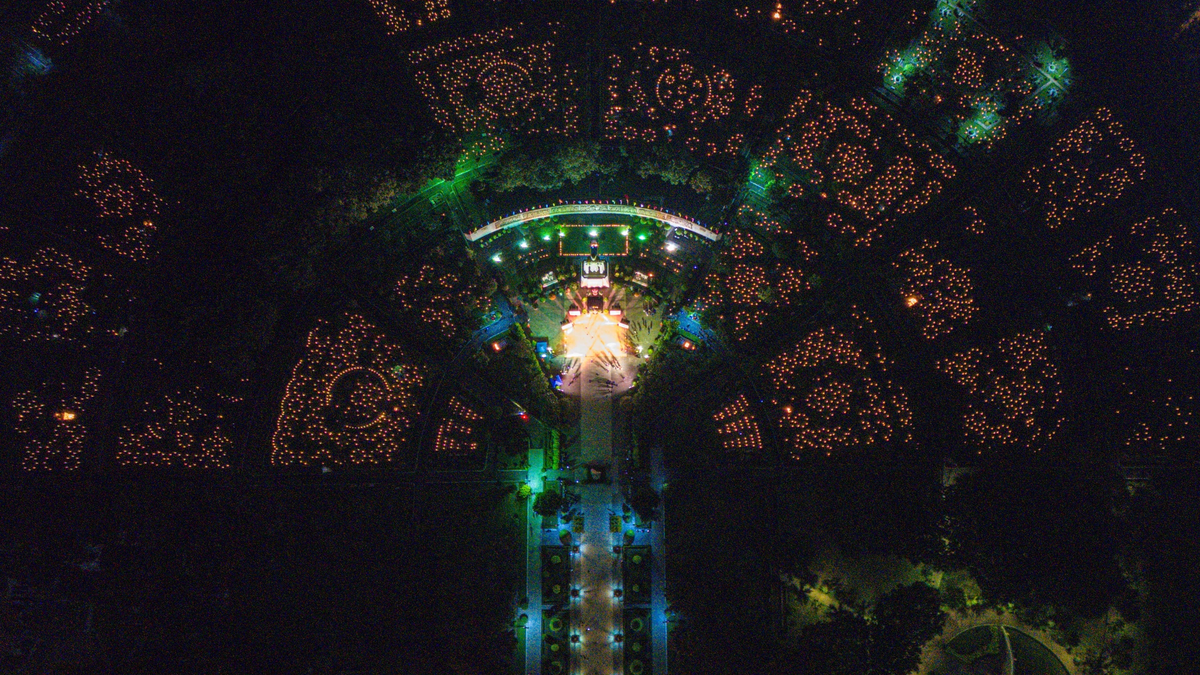


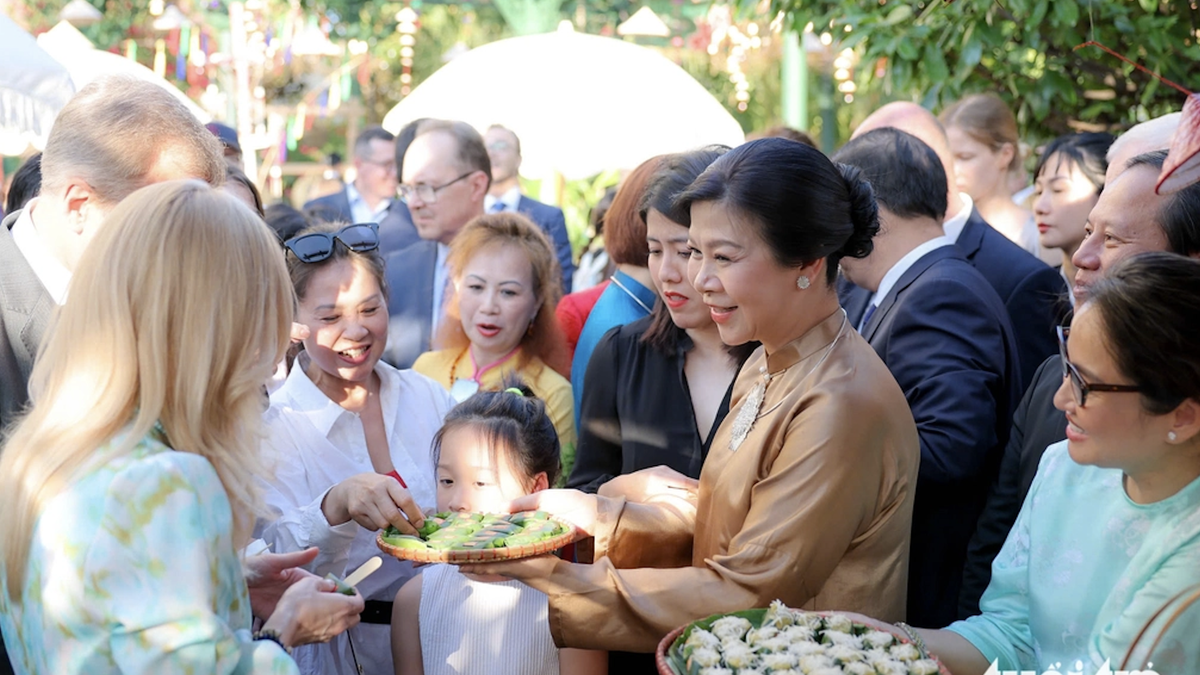








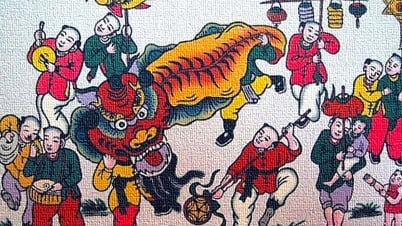

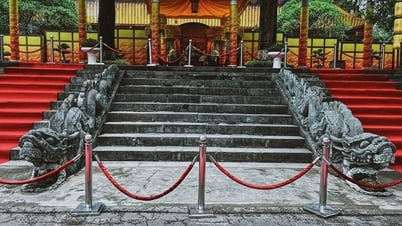







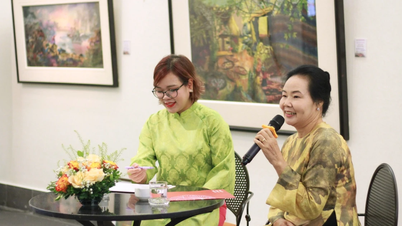
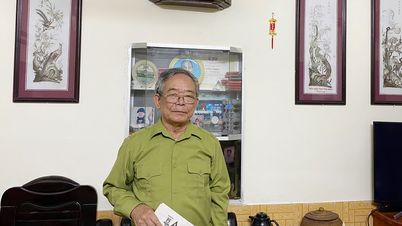












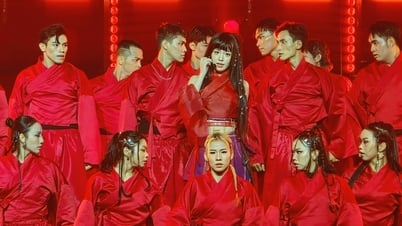



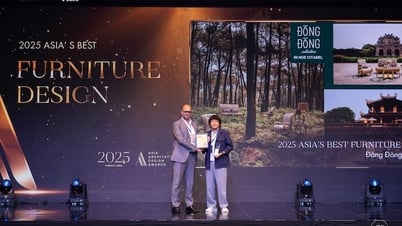


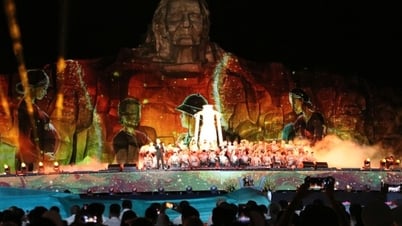

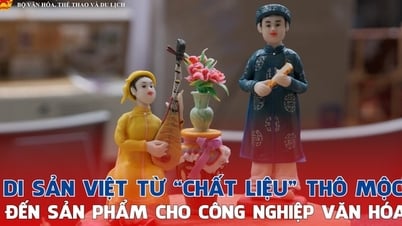




























Comment (0)